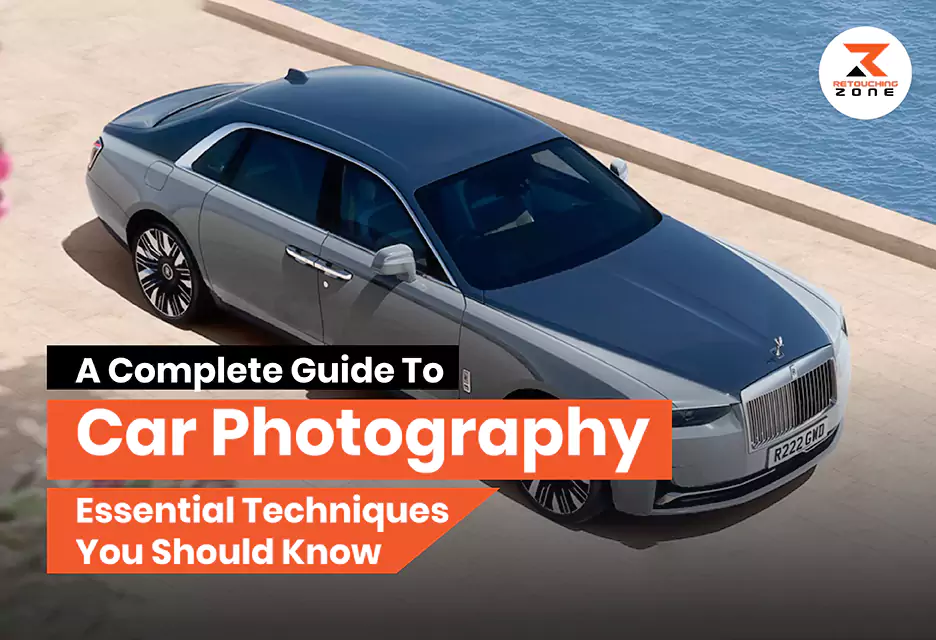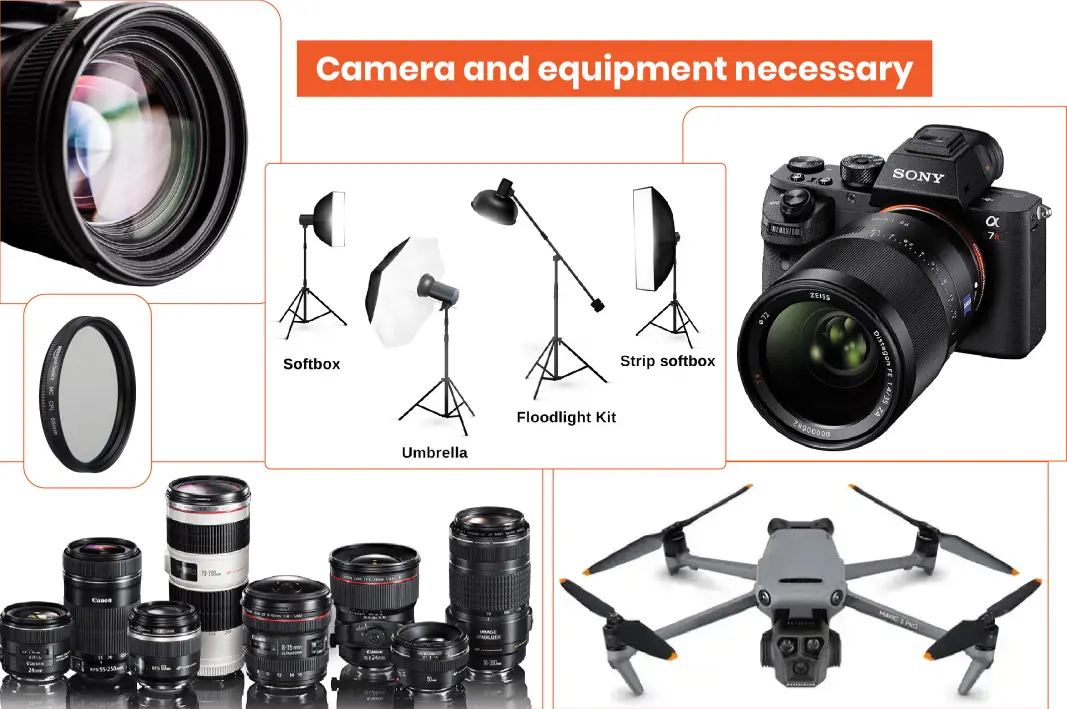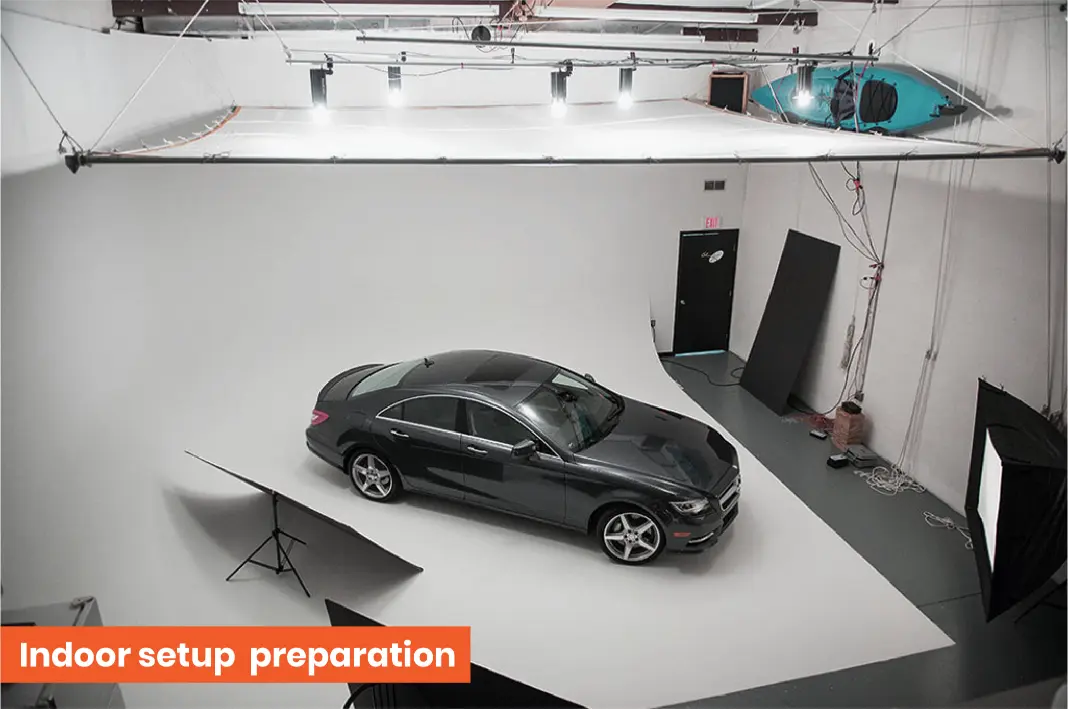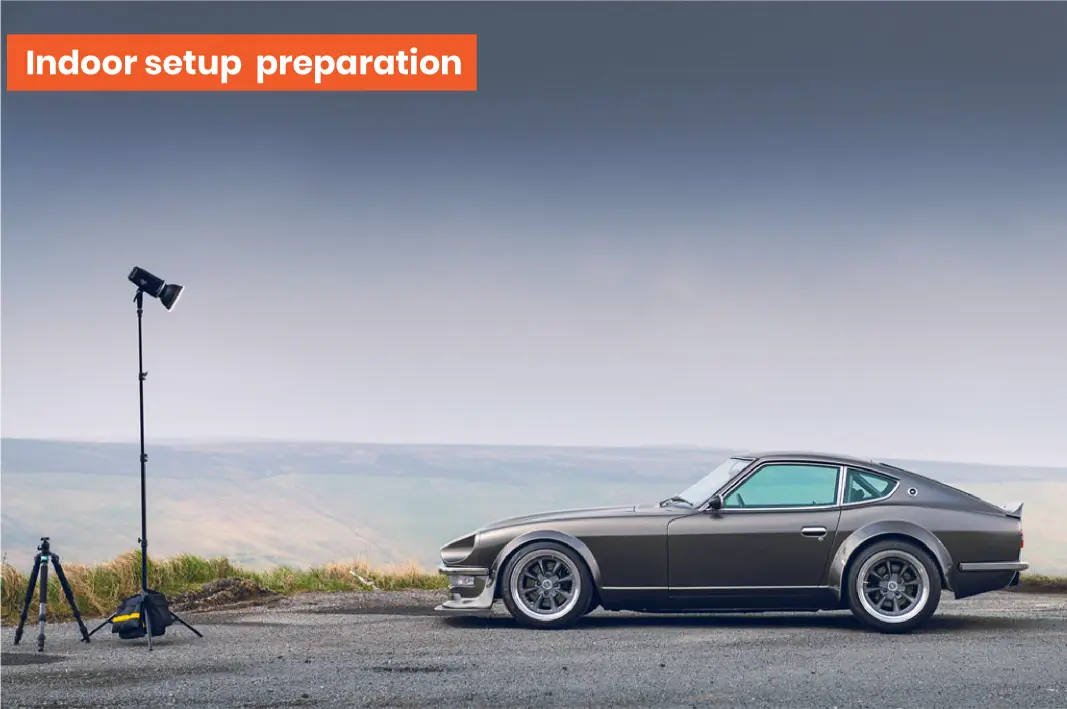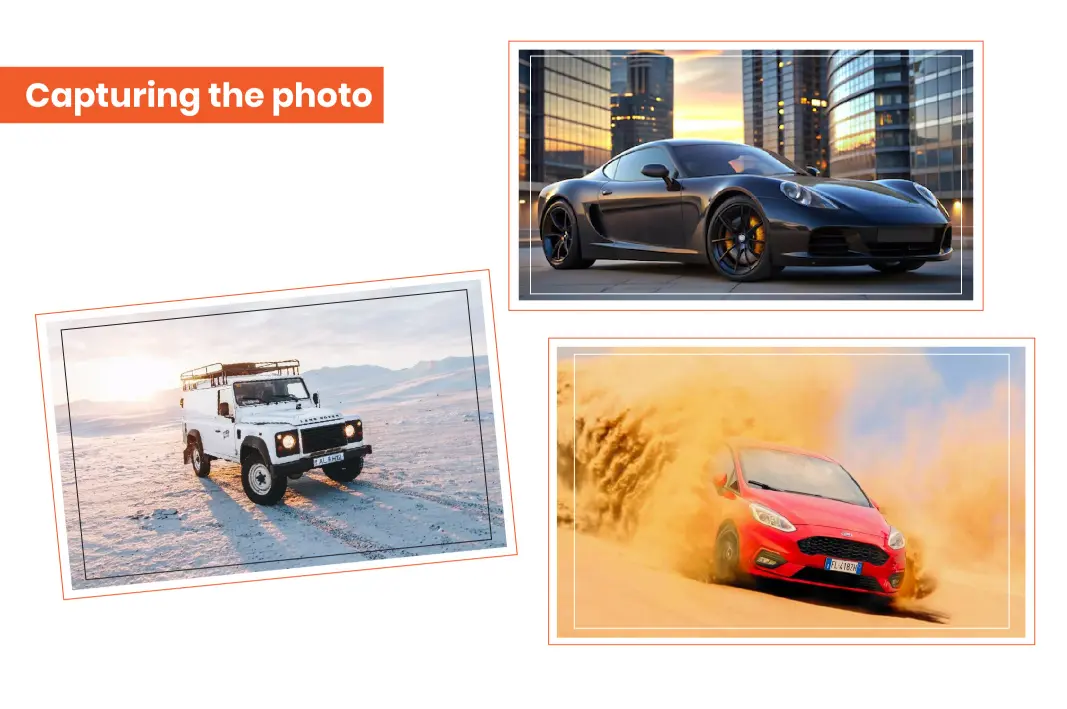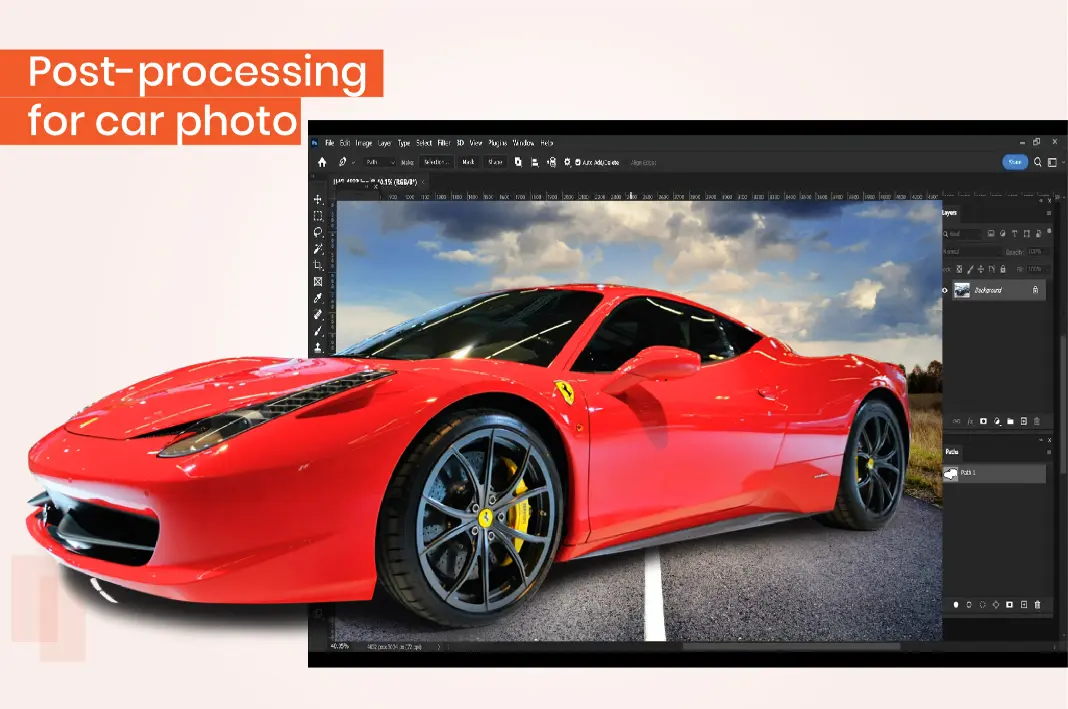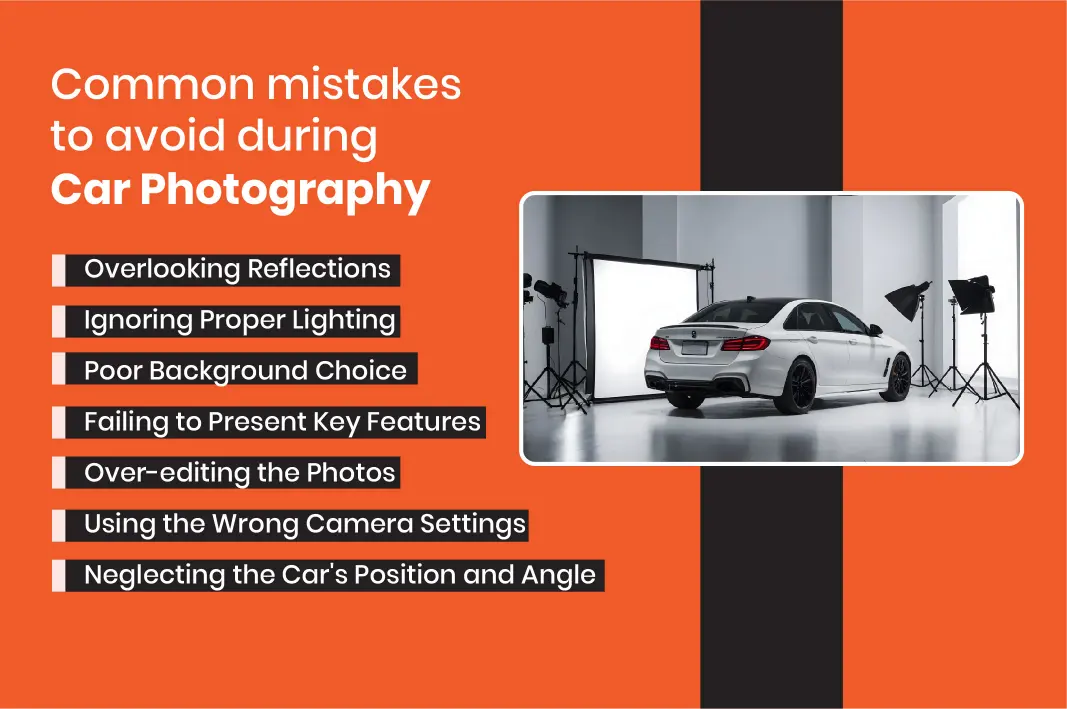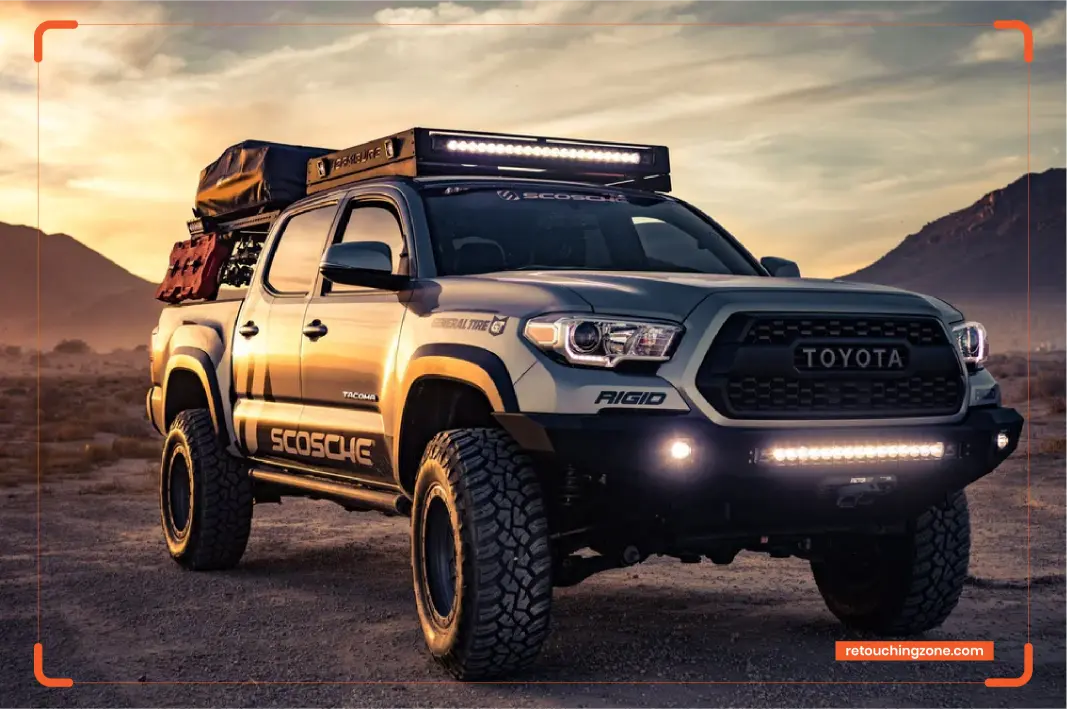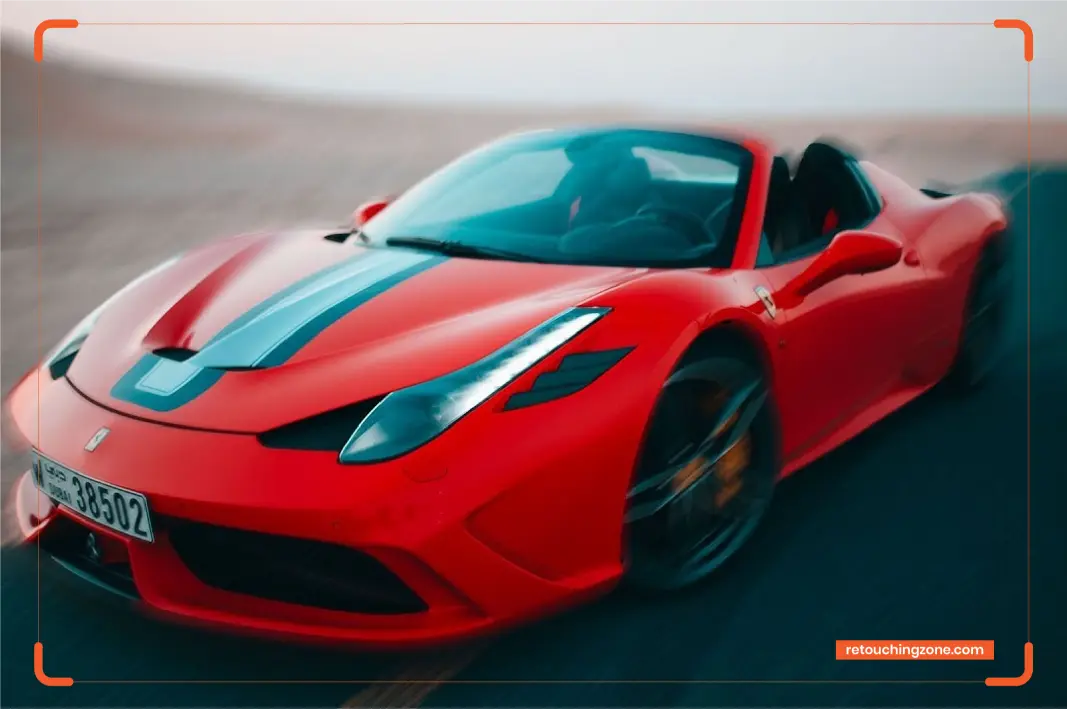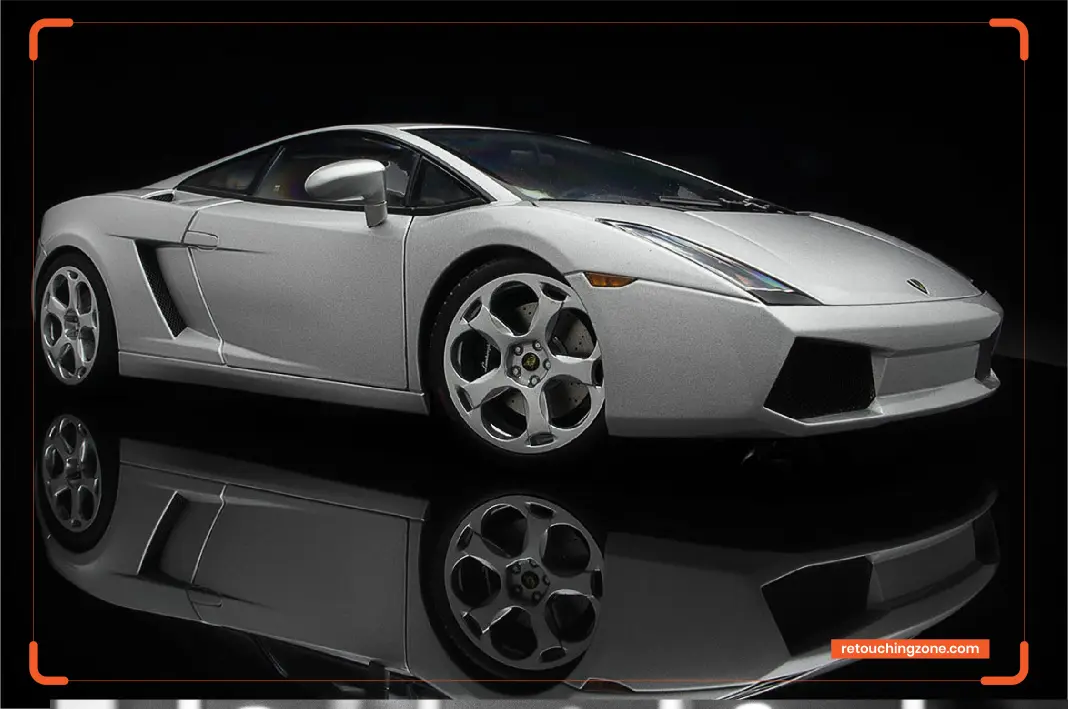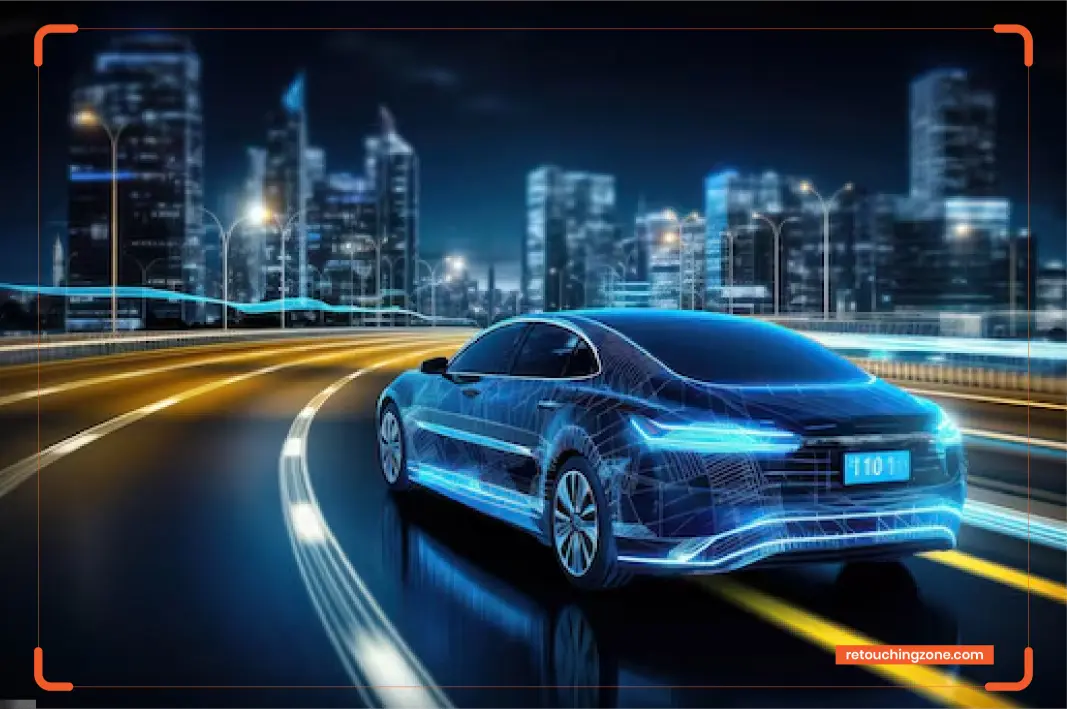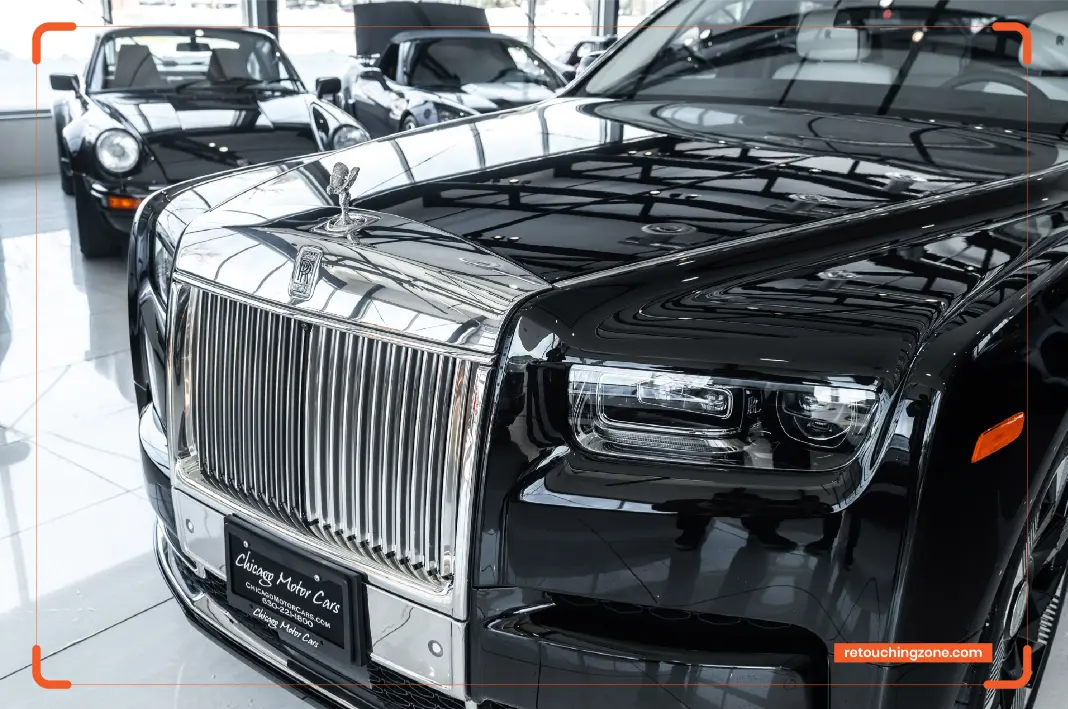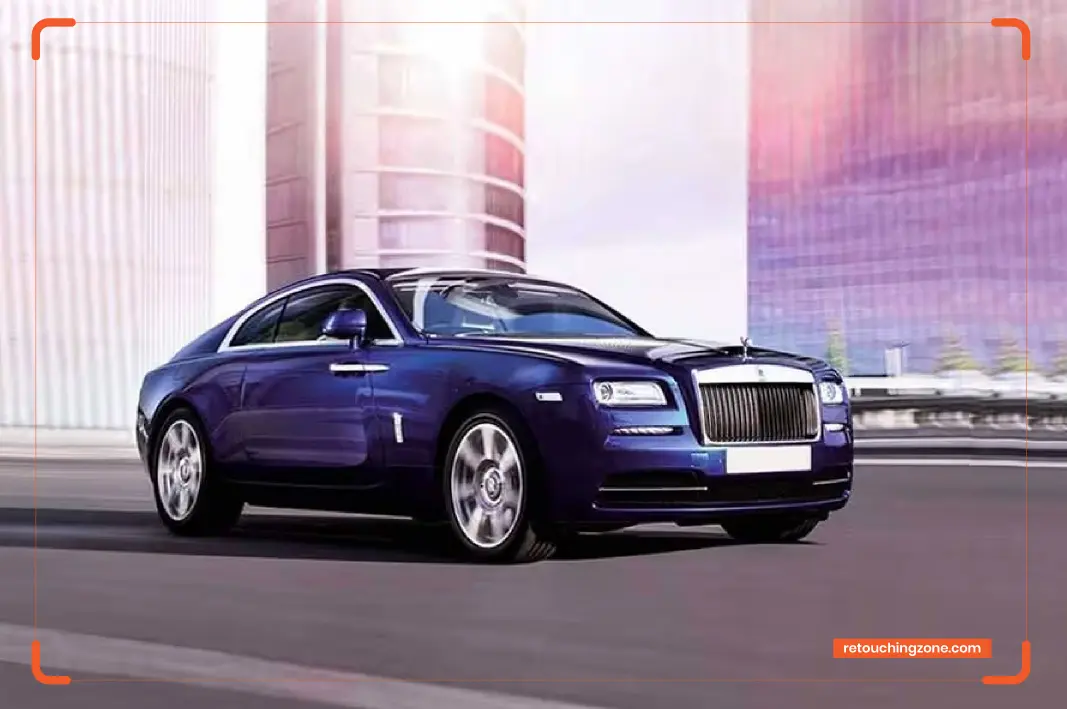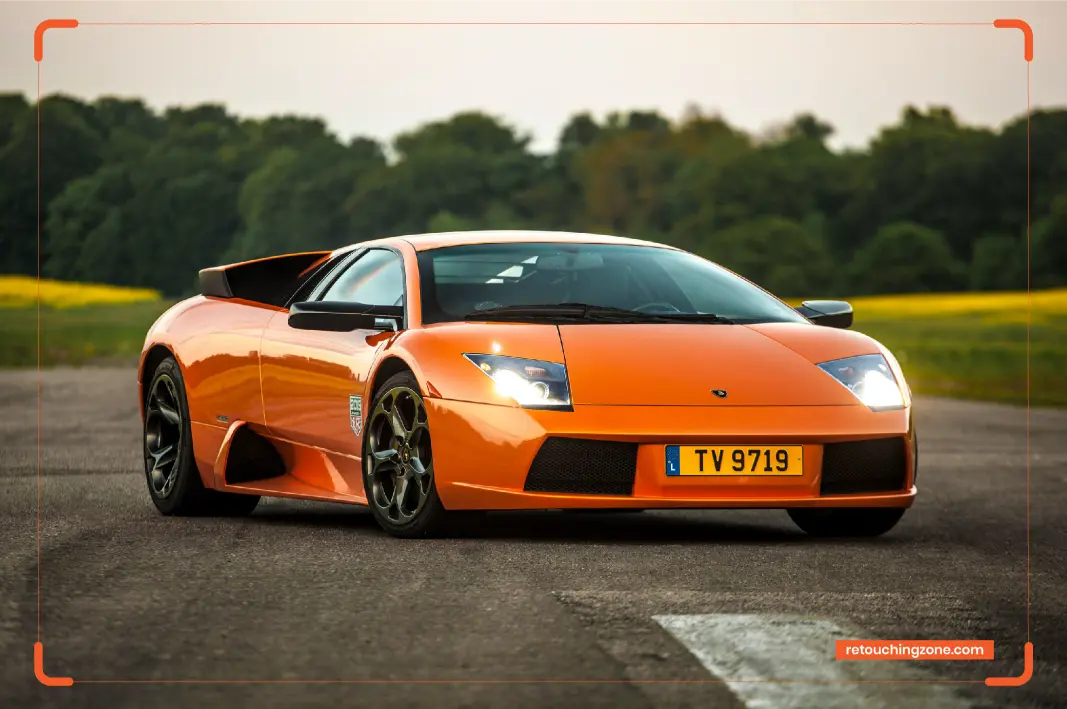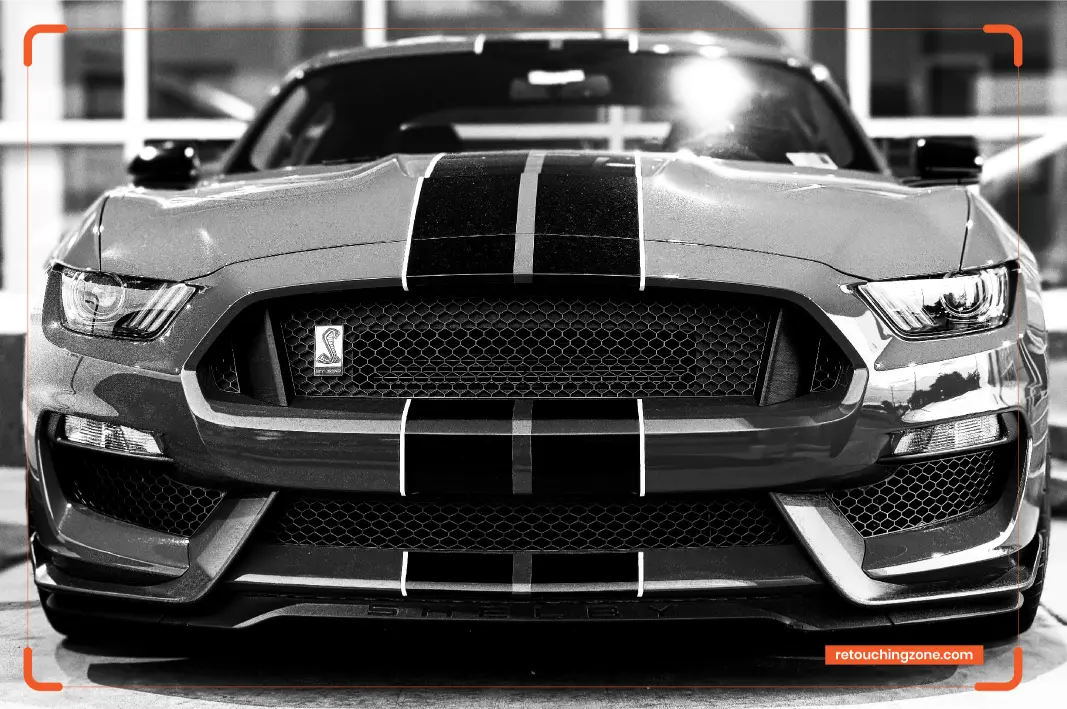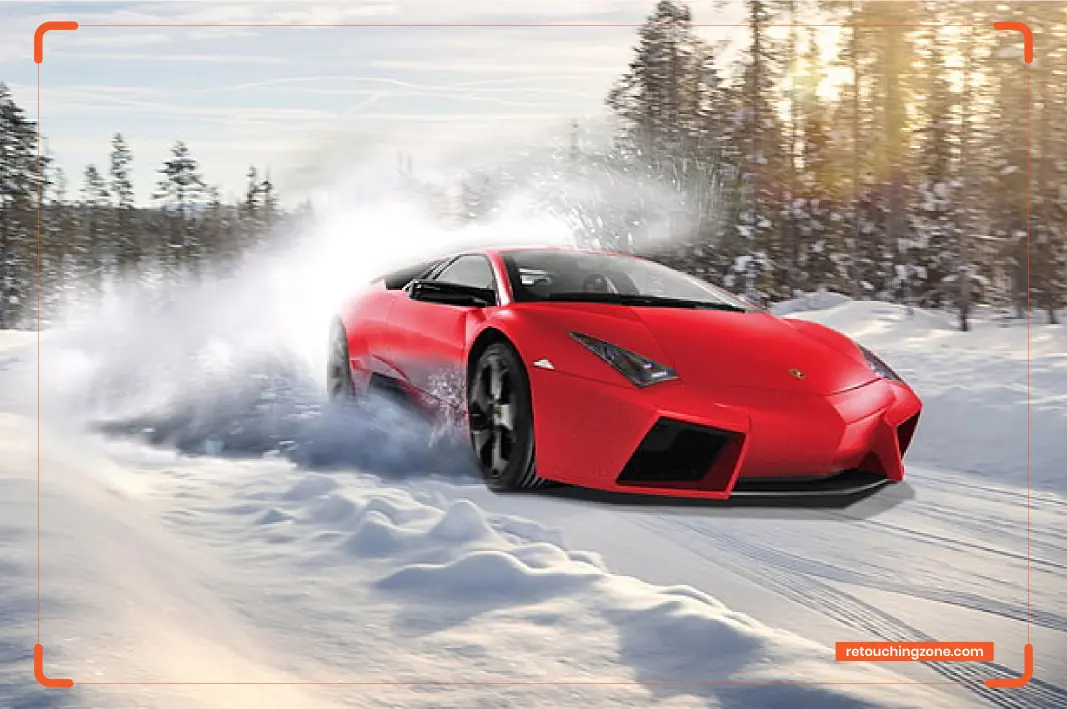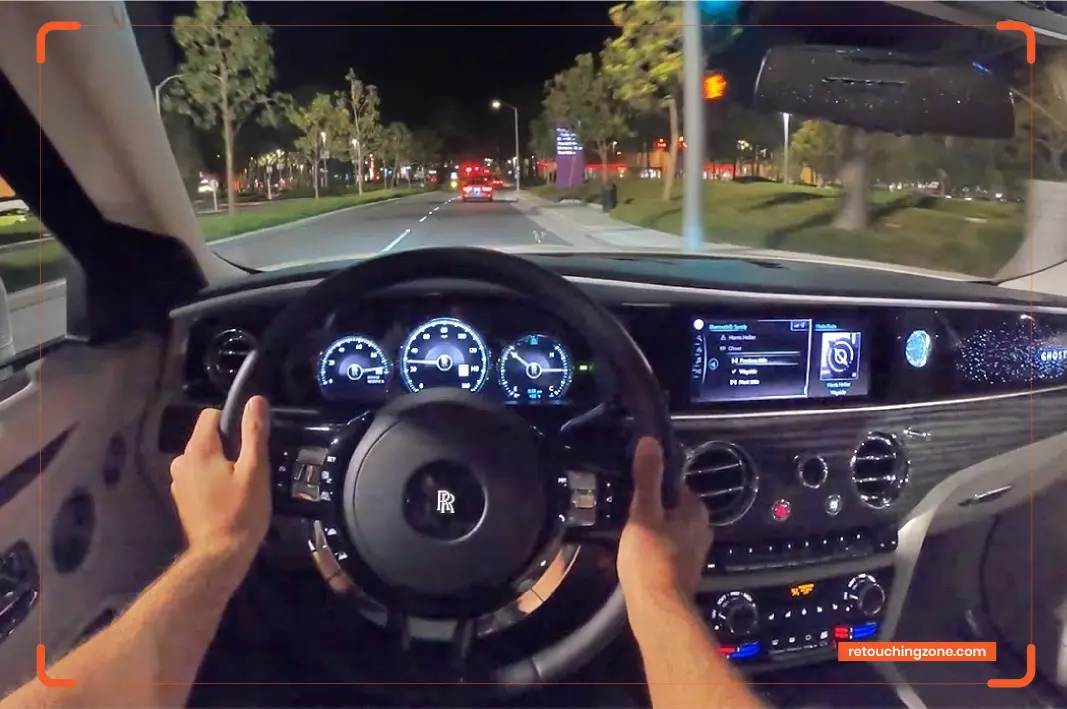A Complete Guide To Car Photography: Essential Techniques You Should Know
Car listings with high-quality photos experience up to 35% more sales. Attractive automotive photos are powerful tools for car dealers, marketers, and photographers. A perfectly captured photo will present the vehicle well, displaying its design and features. It is not always easy to take car photos and meet the varying desires of clients. Let’s learn how you can take attractive car photos and win the viewers’ hearts.
Car Photography Techniques
Car photography is a multi step process. It starts from gathering the equipment and ends up with post-processing. Below are the detailed instructions on each of these steps.
Camera and equipment necessary
Photographers need high quality cameras and a number of accessories for professional car photography.
DSLR or Mirrorless Camera
A high-quality DSLR camera is a mandatory tool for car photography. You can use a camera from reputed brands such as Sony a7R V, Nikon Z9, or Canon EOS R7. When you choose a camera, consider features such as exposure management, resolution, focus, and depth of field.
Lens
You need a few different types of lenses during car photography such as wide-angle, macro and telephoto lenses. Wide-angle lenses are necessary for taking wider shots.
You should also have telephoto lenses for taking action shots. Additionally, you will need macro lenses for taking close-up shots.
Tripod
A sturdy tripod is necessary to take photos in static situations. You will use it to capture long exposure shots in low-light conditions and close-up shots. Tripods help you generate crisp and clear photos, eliminating motion blur.
Polarizing Filter
Polarizing filters are necessary to avoid reflections from glossy car surfaces and windows. They also provide better color and contrast in outdoor situations.
Drone
A drone is necessary to take car photos from the top. It will create unique angles and capture landscape, off-road, and action shots perfectly. The drone should have a camera with high resolution and good battery backup for better results.
Lighting equipment
Artificial light sources or LED panels are necessary for indoor shooting to ensure continuous lighting. You can utilize softboxes to create a diffused and balanced lighting environment. Light diffusers are another essential piece of lighting equipment that reduces the harshness of artificial light.
Additionally, you can use spotlights or ring lights to reduce shadows. Both these pieces of equipment are used in indoor shooting.
Light reflectors are also essential to balance the light intensity.
Camera kits
Consider keeping additional memory cards, batteries, and lens cleaning kits to avoid unexpected interruptions. These kits are essential for taking outdoor shots where you may have a scarce equipment supply.
Preparing the shooting set
The shooting set will be prepared differently for indoor and outdoor conditions.
Indoor setup preparation
Preparation will begin by cleaning the car and removing unwanted spots and fingerprints. The shooting spot should be large enough to accommodate the vehicle, photographer, and crew.
Install softboxes, LED panels, and reflectors to ensure consistent and balanced lights. Use a wall or background that clearly contrasts with the car’s color. Remove unwanted objects from the shooting area. Make sure the surface of the shooting area is non-reflective. Prepare the spotlights and ring lights if you want to take close-up shots and focus on a specific area of the car.
Outdoor setup preparation
Location is the key to outdoor shooting. Pick your location tactfully according to your photography needs. The surface and background of the surrounding area should be free from noise to keep the viewer’s attention on the car only.
The best option is to schedule the shooting in the early morning or late afternoon. You will get the most optimum lighting conditions during these golden hours. As you are taking the photo outdoors, there’s no need to set up artificial lights. However, reflectors and diffusers should be placed to manage sunlight exposure.
Capturing the photo
After your setup is ready, it is time to take the shots. Adjust the camera settings accordingly before taking photos. For example, if you want to take motion shots, use a faster shutter speed. If you maintain picture clarity, use a slower shutter speed.
Adjust the aperture setting to control the depth of field. Select a wide aperture if you want to take closeups and make the background blur.
Take a few test shots before the final photos to ensure everything is going right. Move around the car to take photos of every curve and line from different angles. Do not forget to take both low-angle and diagonal and side views. Take multiple photos and choose the best ones for final processing and editing.
Post-processing for car photo
Postproduction is necessary for almost all raw photos. Photo editors apply advanced tools to make the photo flawless and eye-catching. They balance the exposure, contrast, and color at the primary stage of the work.
Additionally, they will replace the background if necessary, remove unwanted objects, imperfections, and accidental reflections, and, if necessary, apply more complex image editing techniques to manipulate the photo and create a design photo mood.
Common mistakes to avoid during car photography
Photographers can not avoid a few circumstances in many cases. However, below mistakes can be avoided if you know them well.
Overlooking Reflections
Car surface is glossy. It can produce unwanted reflection that can seriously impact the quality of the image and make the car photo look unprofessional. The solution for this problem is using polarizing filters and choosing the right angles to avoid reflection.
Ignoring Proper Lighting
Lighting is an essential consideration in car photography. If you ignore this and shoot the photo in harsh daylight or low-light conditions, you may end up with poor results. Direct sunlight can cause hard shadows, and poor lighting creates noises. Use artificial light sources and reflectors to balance the lights and take better shots.
Poor Background Choice
A photo background is a vital element of car photography. A messy background will distract viewers from the car. Hence, choose a color that creates a clear contrast between the car and the background.
Failing to Present Key Features
Remember to focus on the car’s key features. Every automotive product is unique. Try to find out these features and present them. Photographers often ignore trivial features, such as unique headlight design, interior details, etc., that deserve close-up shots. Taking photos of an entire car is excellent, but do not forget to zoom in to grab the viewer’s attention.
Over-editing the Photos
Photographers can not always take their best shots. Hence, image editing can improve photos and make them refined. However, excessive editing, such as overbalancing the contrast and saturation and using too many filters, can make the photo look fake. You can make the photo vibrant but do not distort it.
Using the Wrong Camera Settings
Photographers often use wrong camera settings. For example, taking motion shots require higher shutter speed. If you want to capture motion blur, on the other hand, the shutter speed has to be slower. Learn the camera well before taking photos.
Neglecting the Car’s Position and Angle
The position and angle of the car are crucial during photography. The car should be aligned with the camera during the shots. Low angles, side shots, and diagonal perspectives are a few car photography ideas for attractive photos.
Creative car photography ideas
Car photos should be taken from various perspectives to capture the ideal mood for the intended purpose. Below are a few creative vehicle photography ideas:
Golden hour shots
Sunrise or sunset is considered the golden hour in photography, and it is the best time for taking outdoor car photos. If you want to promote the color of the vehicle under soft, warm light, then consider taking the photo during this period. The natural glow from the daylight will provide the photo with depth, and you can utilize the blue sky as a beautiful background.
Motion blur photography
Taking a photo while the car is moving is a great idea. It creates a motion blur effect, which makes the overall composition dramatic. To create this effect, set the camera’s shutter speed to a slower speed and capture the car while it is moving. The photo will present the car’s speed and excitement. This kind of photography is popular for fast sports cars.
Capture the reflection
Another great car photography idea is to take a photo of a vehicle with its natural reflection. Here, the photographer may park the car next to any reflective surface, such as lakes or wet roads. The photo will capture the car’s symmetrical reflection on the nearby surface and make the overall presentation attractive.
Urban Night Shots
Taking a car photo at night in an urban setting is a creative way of capturing the beauty of the vehicle. Here, the photo is taken along with the illumination of the city coming from buildings and urban lights. This photography technique promotes the modern design and sleek surface of the car with vibrant lights and reflections. Luxury cars look best in this kind of environment.
Close-Up shots
Take close-up photos of the interior and exterior of the car. For example, you can zoom in on the logo or special headlight to capture the luxury of the vehicle. Additionally, you can capture the dashboard, seats, or steering wheel to create a perspective of high-quality construction. You may also take close-up photos of leather stitching, digital displays, or any other unique design of the car.
Low angle car photography
Position the camera near the ground during the photoshoot to take low-angle photos. These kinds of car photos present the power and robustness of the vehicle. Modern sports cars, trucks, or even luxury cars can be presented with this photography technique. It will present both the aggressiveness and the design element of the car.
Utilize Natural Landscapes
Take the car photo in a natural setting. The composition of the vehicle with the surrounding natural landscape such as the hills or beaches will produce an eye-catching photograph. Adventure and off-road vehicles look best with this type of photography setup.
Monochrome Car Photos
Black-and-white photography best portrays the classic and timeless appearance of the vehicle. This technique works best for both vintage and high-end cars. The absence of colors lets the viewers focus on the features such as shape, design, and uniqueness of the car.
Car in Action
Capture action shots of the cars as they drive through dust, mud, snow, or water splashes. These dynamic photos demonstrate the cars’ ability to perform in odd conditions. Action photography is a great way to photograph SUVs, off-road vehicles, sports, and adventure cars.
Take driving shots
Take photos while someone drives the car. The best way to take a driving shot is to drive the vehicle at high speed and take the picture while blurring the background. This will create a sense of action and speed, allowing you to focus on the vehicle’s performance and high speed.
Why Car Photography Matters?
Car photography is essential for multiple industries. It is a must-have tool if you want to promote the vehicle with attractive marketing materials.
E-commerce Sales
Car photography is vital for ecommerce product listing. If you are a dealer or an independent seller, you need attractive photos for promotion. Clear and attractive images will help you build buyer trust and result in faster online sales.
Increases Brand Value for Automakers
Automakers can benefit from car photography by professionally presenting the vehicles. With high-quality images, they can capture the design and the features of the cars. This can increase the brand image and create appeal to the target audience.
Supports Car Enthusiast Communities
Car photography can connect your brand to the sports enthusiast community. Photos of classic, luxurious, or custom-made cars will attract people who have a passion for vehicles. Thus, if you want to reach car communities, clubs, and forums, you need attractive car photos.
Improves Dealer Listings and Showroom Presentation
Car dealers and showroom owners can improve their product displays with high-quality car photos. Therefore, in addition to online sales, car dealerships can benefit from car photography for offline sales. Detailed images of the car will create initial interest in potential buyers and act as a catalyst to make viewers visit the showroom.
More Social Media Engagement
Car photos that are taken professionally create more social media engagement. People get interested in automotive products and tend to visit the showroom. Thus, it helps the car sellers with a higher conversion rate.
FAQ
What camera setting to follow for automotive photography?
Camera settings should be different for different situations. For example, to capture motion shots, the shutter speed should be faster, such as 1/1000. The rule of thumb for ISO setting is to keep it as low as possible.
What is the best time for outdoor photography?
Golden hours are the best time for outdoor photography. During this time, you will get a balanced light which is not too harsh.
How can I avoid reflections?
Use polarizing filters, change photography or lighting positions to avoid reflections.
Do I need to edit the photos?
Yes, post-processing is essential as the photographers can not always take the best shots. They need to adjust the color, contrast, exposure, background, and other photo elements to make them look vibrant. However, you should avoid over-editing so that it does not look unnatural.
Is it essential to change the background of car photos?
While it is not mandatory but essential for many photos, background editing is not necessary for most outdoor, action, and off-road shots. However, photos taken indoors may need background replacement to make the car uncluttered and more focused.
Conclusion
To master car photography, you need experience, a sense of lights, shadows, angles, the right equipment, and close attention to detail. High-quality car photos are a must for car dealers and online and offline sellers. Attractive car photographs also help create highly engaging car listings. Whatever your objective, follow these guidelines to take great car photos and impress your viewers.

